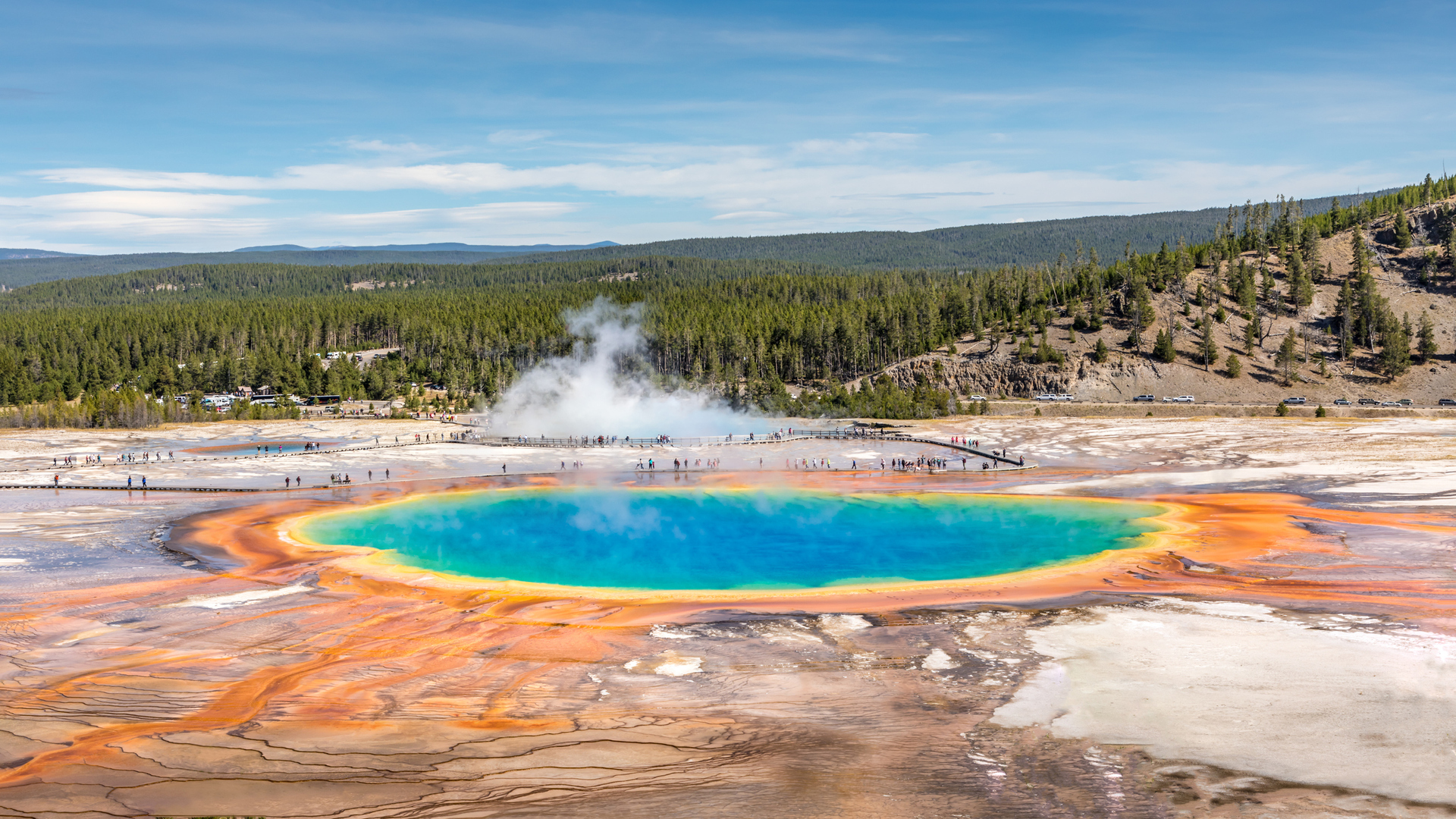The Yellowstone Caldera, spanning Wyoming, Idaho, and Montana, is among the most seismically active volcanic regions on Earth. A caldera forms when a volcano erupts, emptying the underlying magma chamber and causing the land above to collapse into a large depression.
In a recent breakthrough study, professor Bing Li from Western University, Canada and his team—collaborating with researchers from Universidad Industrial de Santander in Colombia and the United States Geological Survey—used machine learning to go through 15 years of historic earthquake data from Yellowstone.
Their advanced methods identified and assigned magnitudes to roughly ten times more seismic events than were previously documented, providing new insights into the ongoing dynamics beneath the Yellowstone Caldera and improving the ability to assess potential volcanic risks.
More than half of Yellowstone earthquakes occur in swarms
With the new study, the earthquake record for the Yellowstone Caldera has been greatly expanded—now including 86,276 events from 2008 to 2022. This enhanced catalogue offers a much clearer picture of the volcanic and seismic activity in the region, thanks to improved data analysis and systematic review.
One important discovery from the study is that over half of these earthquakes occurred as part of earthquake swarms—clusters of small, linked tremors that move and evolve within a confined area over short periods. This insight helps scientists better understand the complex behavior of Yellowstone’s underground systems.
According to professor Li, earthquake swarms differ from aftershocks in that they consist of clusters of small, interconnected earthquakes that occur over a short period and within a confined area, rather than being a sequence of smaller tremors following a single larger event. Li emphasizes that while each volcano, including Yellowstone, has its unique characteristics, the patterns observed in these swarms offer valuable insights.
Understanding these seismic patterns can also help improve safety protocols, provide clearer risk information to the public, and guide the development of geothermal energy by avoiding hazardous zones with high heat flow, Li noted.
AI helps uncover hidden earthquakes in historical data
Before machine learning was used, experts had to manually inspect earthquake data, which was slow, expensive, and often missed many smaller events. Today, machine learning allows scientists to analyze huge quantities of historical seismic data stored in databases worldwide.
The new approach is uncovering many more earthquakes and helping researchers better understand both well-known and hidden seismic regions across the globe. Professor Li points out that manually analyzing vast amounts of seismic data simply isn’t feasible or scalable.
The latest study also reveals that earthquake swarms beneath the Yellowstone Caldera happen along relatively young, rough fault structures, which differ from the more developed, smoother faults found in places like southern California and areas just outside the caldera—a distinction that helps scientists better understand the unique seismic behavior.
The researchers emphasized that equipped with a detailed and reliable catalogue of seismic activity beneath the Yellowstone Caldera, they can now apply advanced statistical methods to identify and examine previously undetected earthquake swarms, allowing for a deeper understanding.
The study has been published in the journal Science Advances.
